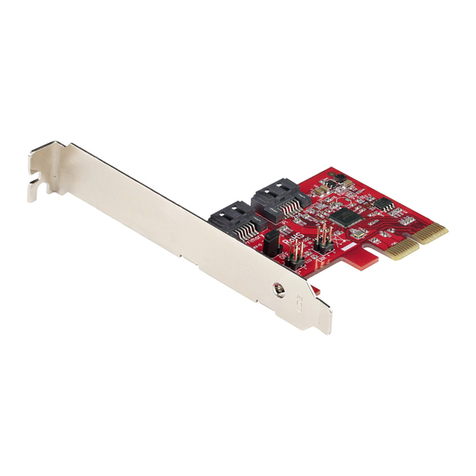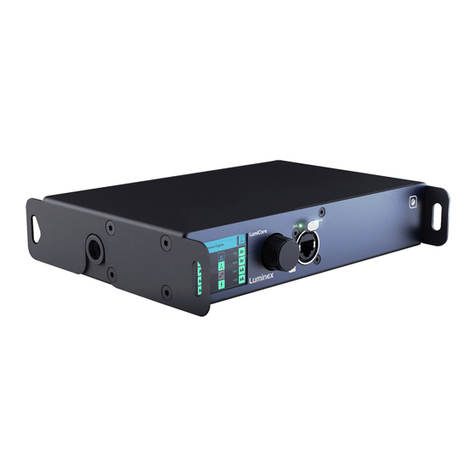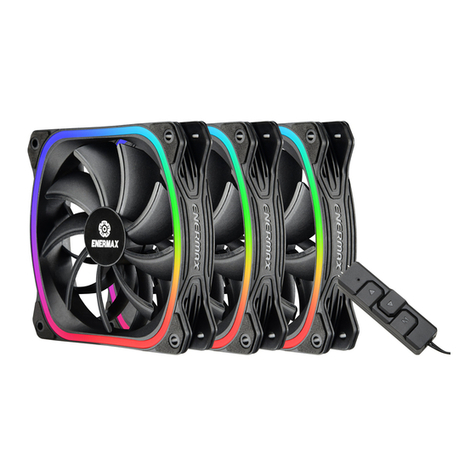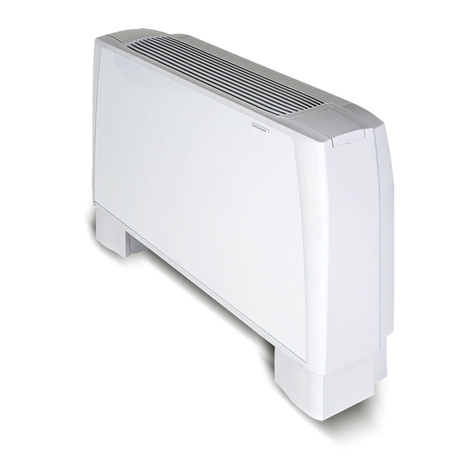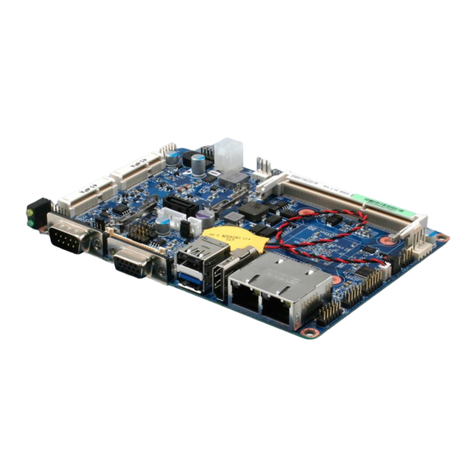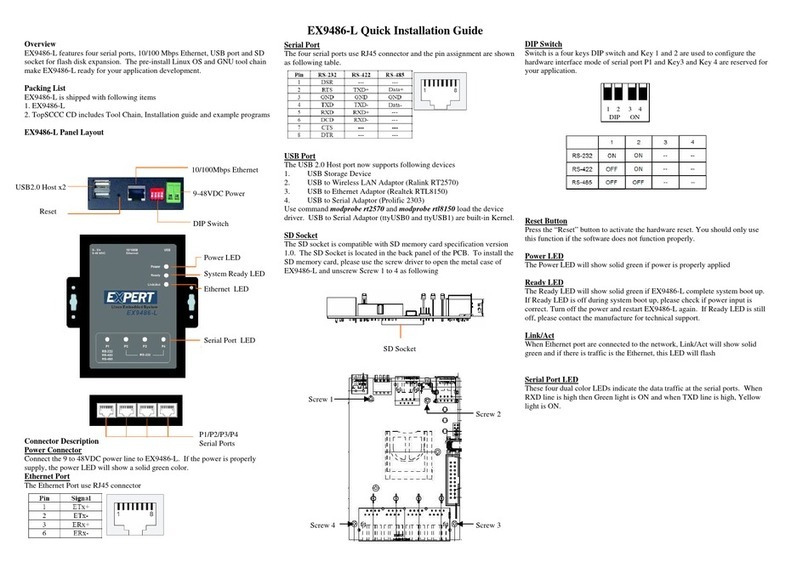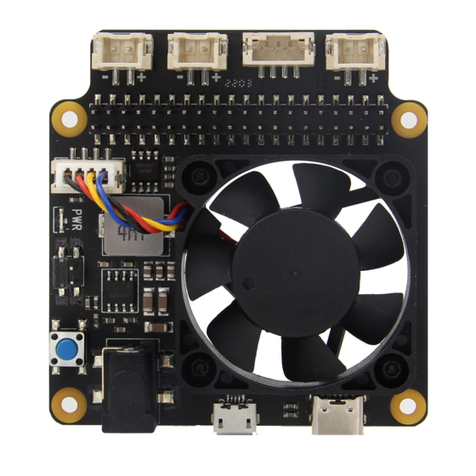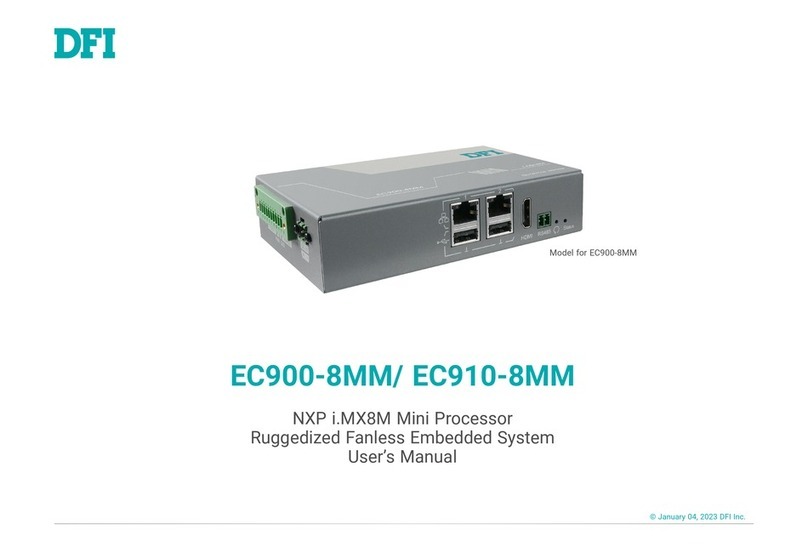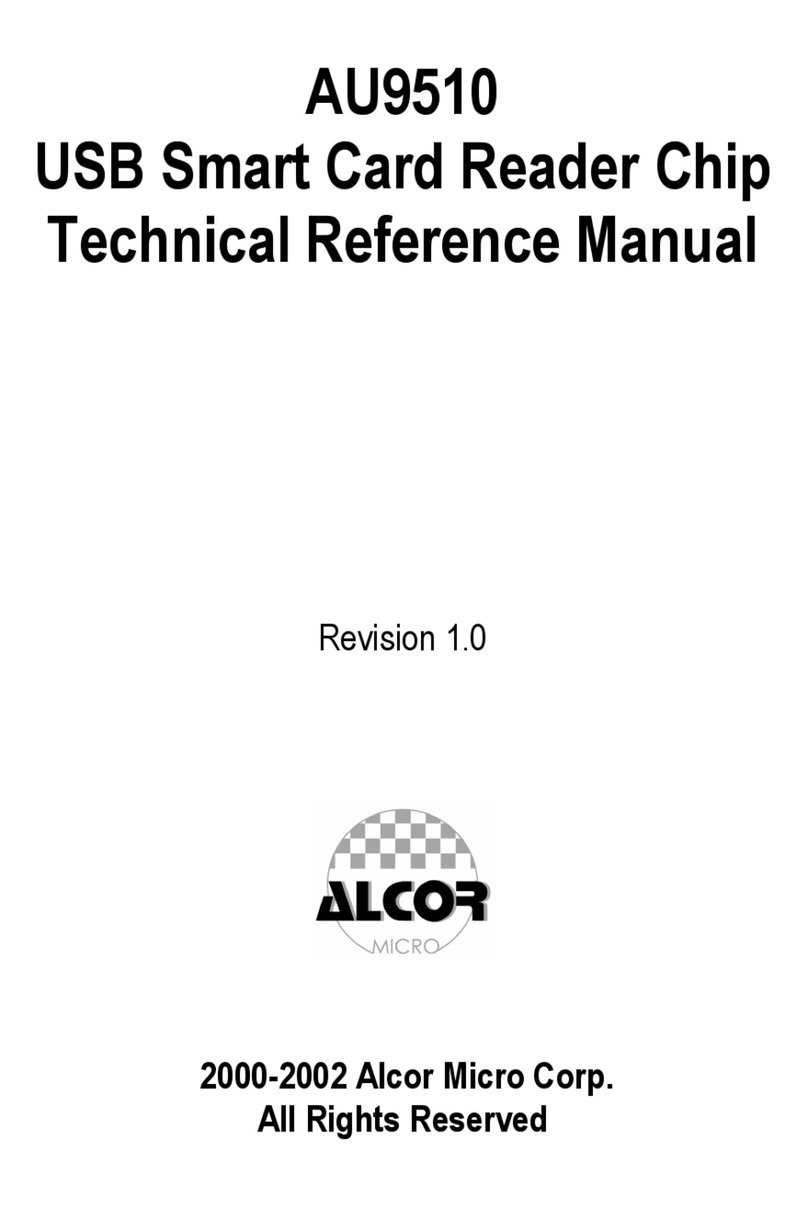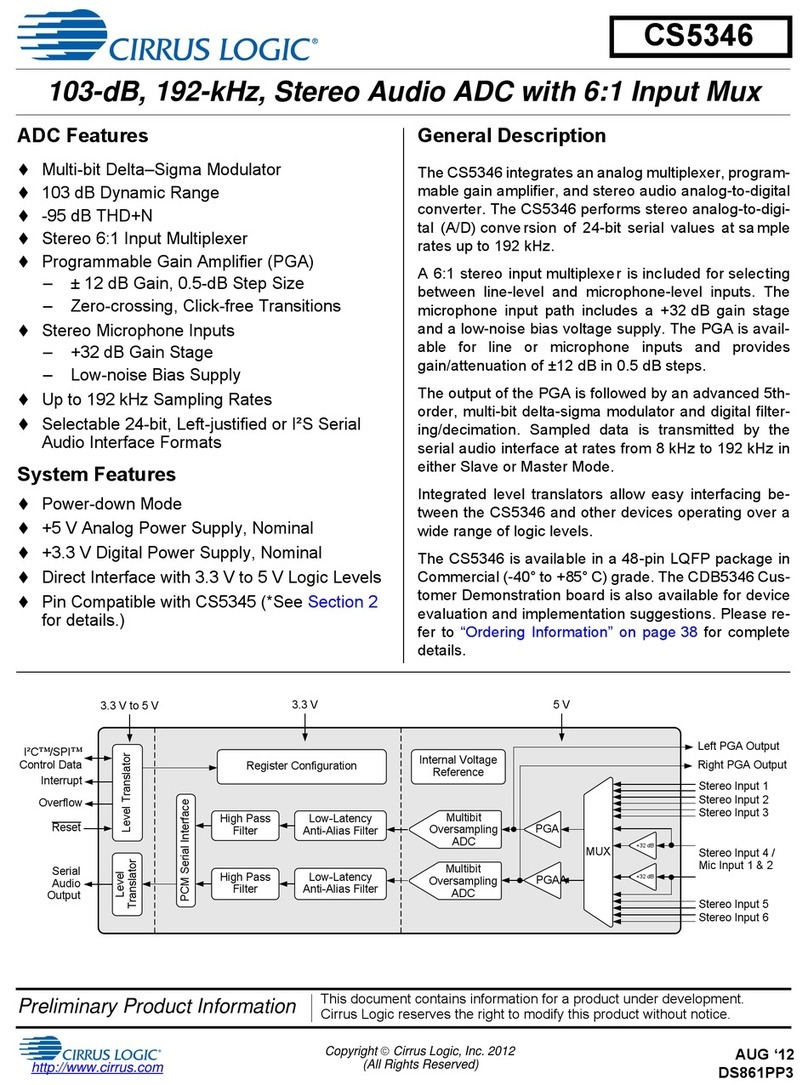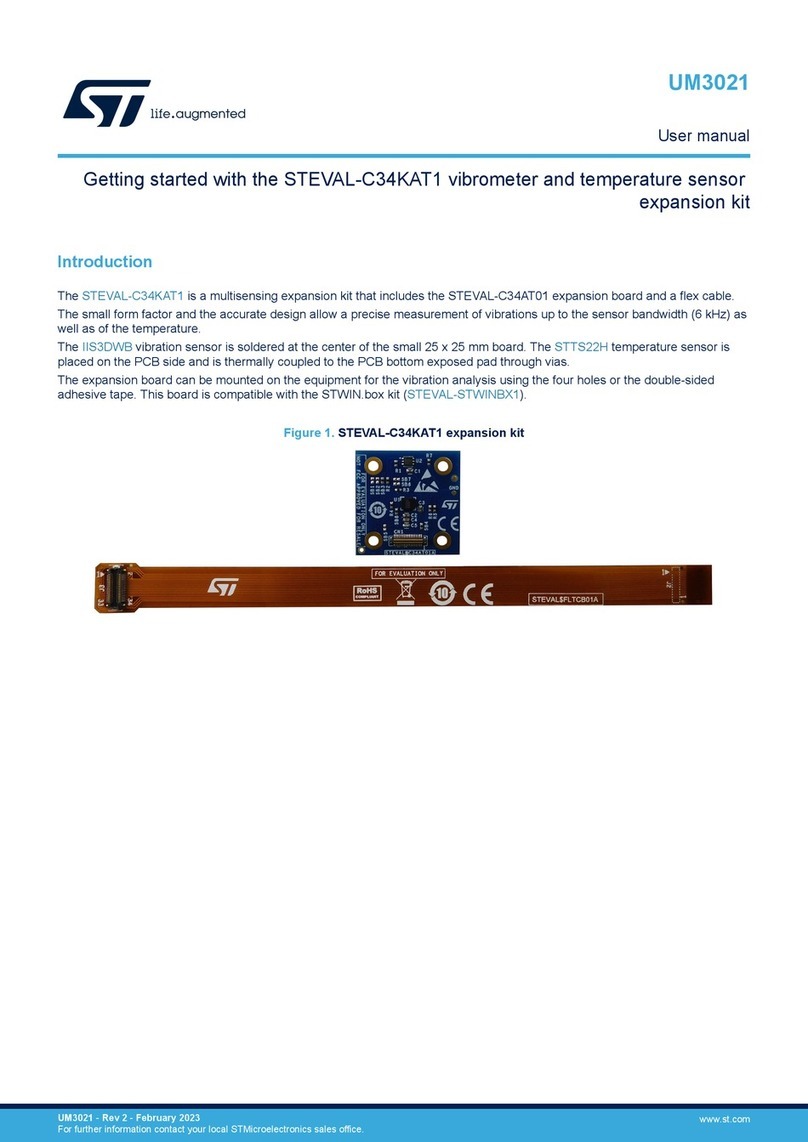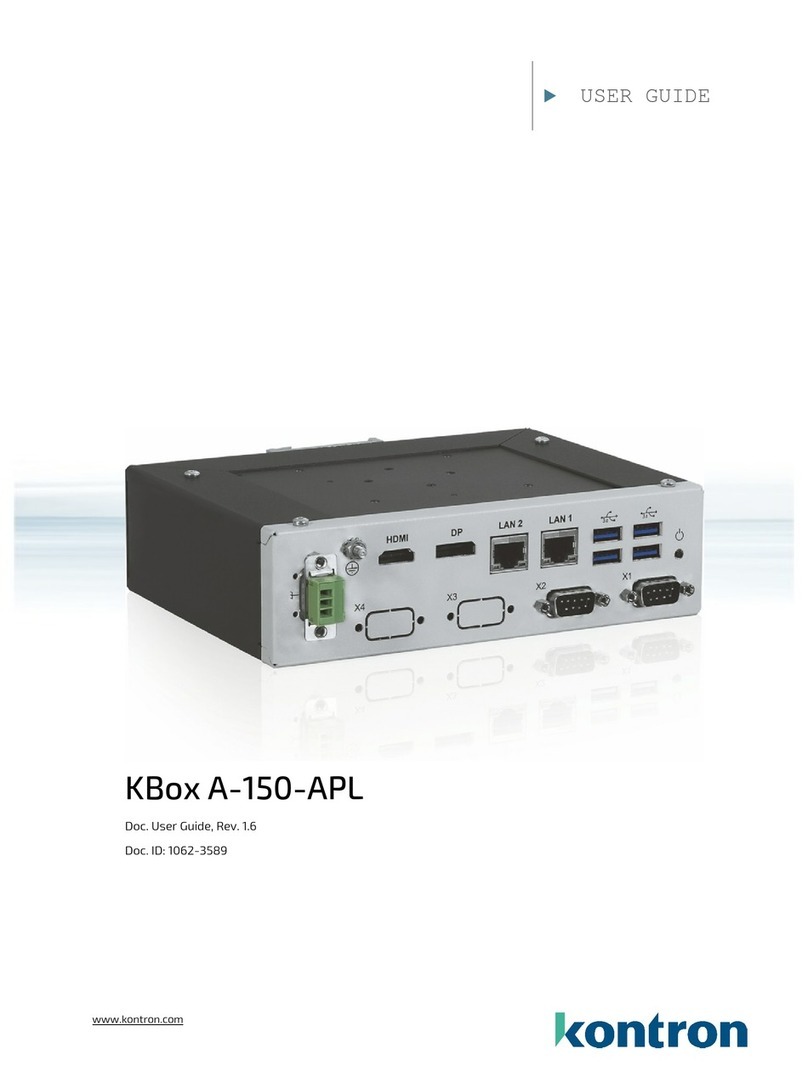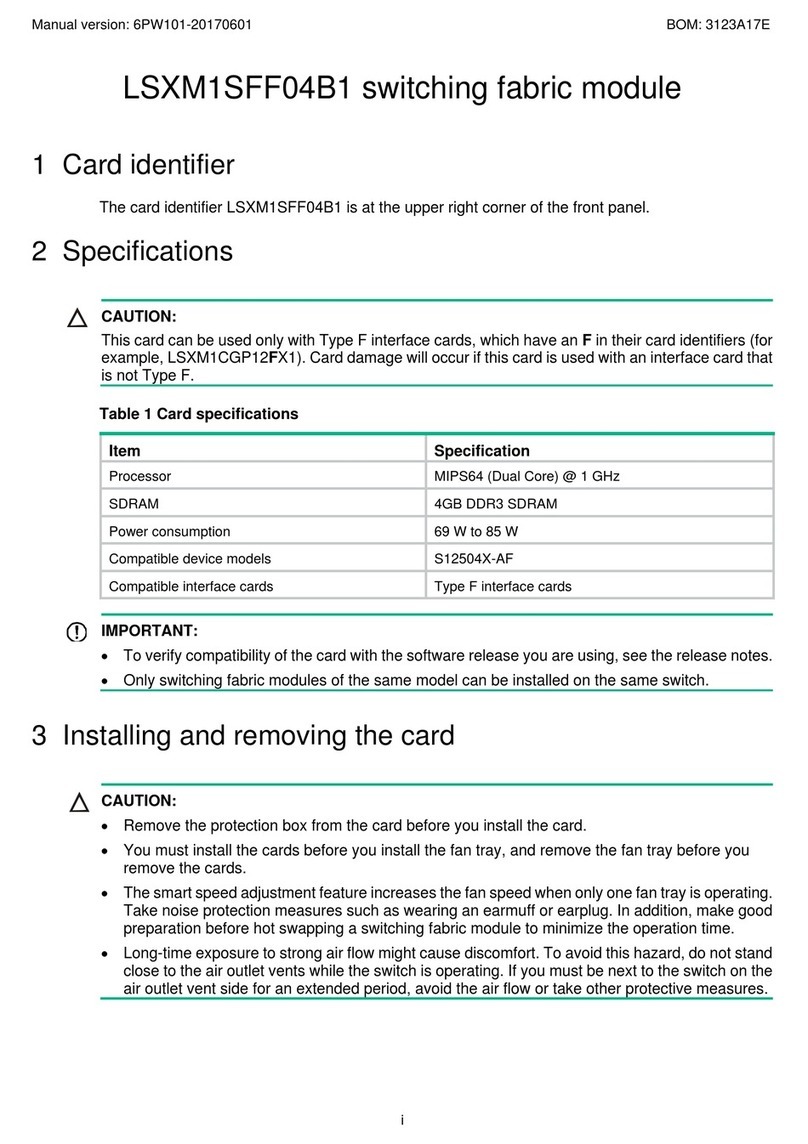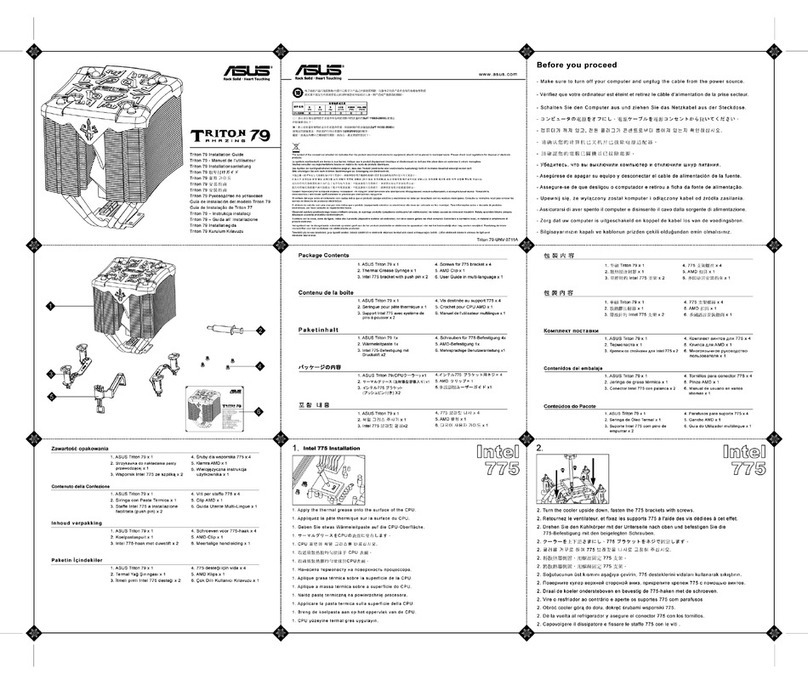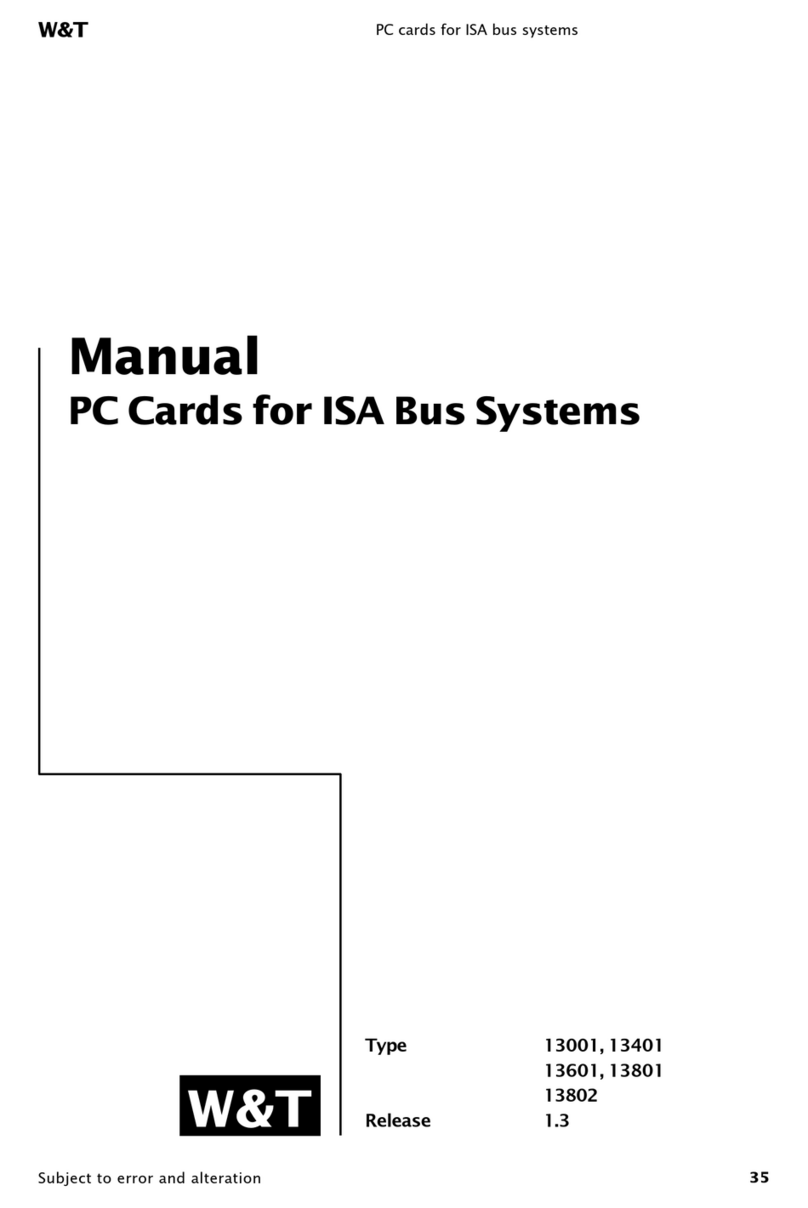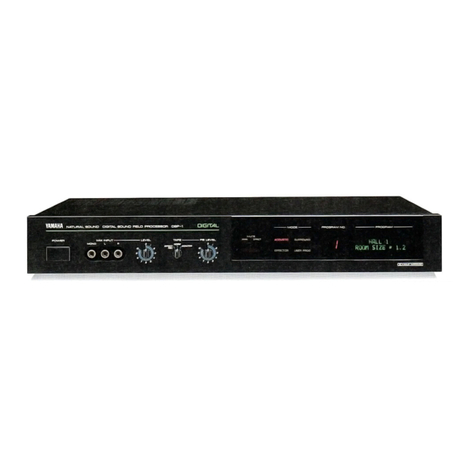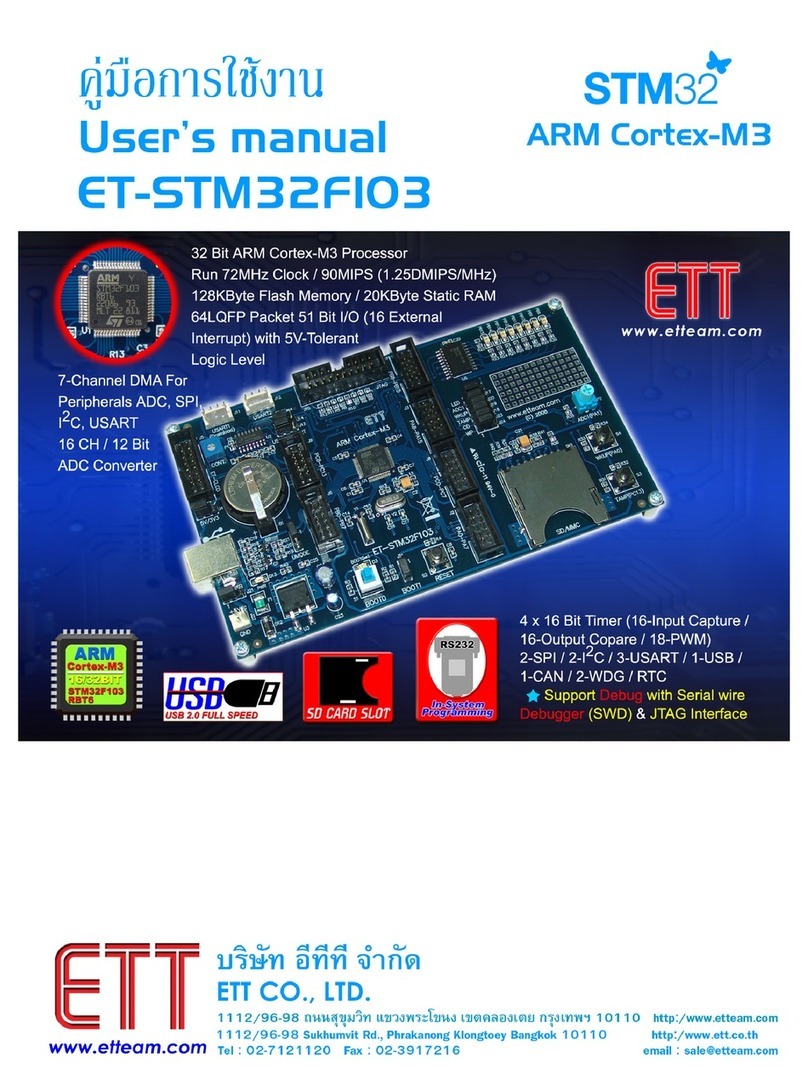Smart-Fly PowerSystem Competition 12 Turbo User manual

voltage, short the pin designated “Down” to the center pin momentarily. If you
hold the pins shorted for longer than one second the voltage will increase or
decrease at a rate of about one quarter volt a second.
Servo Power LEDs
The servo power L Ds show the servos are getting voltage greater than 5.4V.
If the regulator output drops below 5.4 volts the L Ds will go out. The most
probable cause of the regulator output going below 5.4 volts is that the voltage
at the inputs (Deans connectors) is going below 5.9 volts. Possible causes of
the inputs going below 5.9 volts would be low batteries, wiring that is not up to
handling the current causing excessive voltage drop or bad solder connections
on the connectors.
Receiver Power LEDs
The receiver power L Ds show the receiver is getting voltage greater than
4.75V. If the receiver regulator output voltage drops below 4.75 volts the
L Ds will go out. There are two possible causes of the receiver voltage going
below 4.75 volts. First the load the receiver is presenting to the regulator is
greater than one amp causing the regulator output to droop. This could be
caused by directly plugging something into the receiver that is overloading the
circuit. The second cause of the receiver regulator going below 4.75 volts is
the input voltage to the receiver regulator has dropped below 5.4 volts. This
means the input voltage on the Deans connectors is probably below 5.9 volts
for some reason.
Optional Failsafe-switch
The PowerSystem Competition 12 supports the addition of a failsafe switch
(optional package). The PowerSystem Competition 12 supports 2-cell lithium
packs, ion or poly. When using the failsafe-switch, the switch lead is plugged
into the input marked “Sw” near the bottom left of the servo connections as
shown on the reference drawing.
Smart-Fly can supply two types of failsafe switches. First is the standard slide
switch that most people are familiar with. This is a small slide switch without a
charge jack. The second failsafe-switch is the Pin&Flag switch, where a pin,
with a flag on in, is inserted into the switch to turn the system off. To fly, the
pin is pulled out of the switch. The advantage of the Pin&Flag switch is that the
system cannot accidentally be turned off, as can be the case with a slide
switch. The failsafe switch lead can be extended using a standard Futaba
extension.
The PowerSystem Competition 12 also supports charging the batteries through
the two charge connections denoted by the “Chg 1” and “Chg 2” next to the
battery input ports. The optional failsafe-switch package includes two charge
leads and two rnst charge jack mounts. The charge leads have a Futaba
male on one end and a JR male on the other end. You may use these by
plugging either end into the PowerSystem Competition 12 and the other end
into the charge jack holder.
The charge jacks on the PowerSystem Competition 12 can also be used to
connect to a battery meter. One thing to keep in mind when using a battery
meter and the failsafe-switch is that the jacks are not switched off when the unit
is off so the battery meter will continue to draw power even when the unit is
turned off.
Ignition Cutoff
A separate manual, “PowerSystem Competition 12 Ignition Cutoff User Guide”
is supplied to instruct you on the setting up and use of the Igntion Cutoff. The
Cutoff channel is assigned using a jumper from the receiver channel (on the
receiver or servo output on the Competition 12) you want to control the Ignition
Cutoff to the Ignition Cutoff control input marked as “IC” on the unit.
Calculating The Servo Regulator's Current Capa ility
The actual continuous current the servo regulator can handle is based on both
the input voltage and the output voltage. The regulator’s 17.5-amp current
handling is based on an input voltage of 8.4 volts and an output voltage of 6.0
volts. If you have some other combination of input and output voltages you can
calculate how much continuous current the regulator can handle. The
maximum amount of current the regulator can supply is about 35 amps even if
you calculate you can handle more continuous current based on your input and
output voltages. You can use the following formula where Vin is the input
voltage and Vout is the output voltage and Ic is the continuous current
capability:
Ic=42/(Vin-Vout)
An example might help clarify this. If you were using a 3-cell lithium pack in an
electric, the fully charged voltage of the pack is about 12 volts. If you set the
output voltage of the regulator at 6 volts then, using the equation:
Ic=42/(12.0-6.0) =42/6.0 = 7.0 amps
Additional information and technical help can be found at www.Smart-Fly.com
Quest ngineering & Development, Inc.
6125 South Ash Avenue, Suite B-8
Tempe, AZ 85283
Ph: (480) 460-2652 Fax: (480) 460-2653
PowerSystem
PowerSystemPowerSystem
PowerSystem
Competition 12 Turbo
Competition 12 TurboCompetition 12 Turbo
Competition 12 Turbo
User Guide
Thank you for purchasing the Smart-Fly
PowerSystem Competition 12 Turbo!
This manual takes you through the installation and operation of the Smart-Fly
PowerSystem Competition 12 Turbo. Features of the PowerSystem
Competition 12 Turbo are:
• For use on 150cc+ gas aircraft and large jets
• Light weight, 4.4oz, 128g
• Compact design, footprint is 6.0” x 3.0”
• Inputs protect against cell failure or power shorts
• Adjusta le (5.5V-6.5V), 17.5 amp continuous, 35 amp peak
servo regulator
• Filtered and regulated 5.0V power to the receiver
• LED power indicators for input and receiver power
• 12 channels, servo control uffered and amplified to 5.0V
• Full filtration of all signals in and out of the unit
• Integrated Ignition Cutoff

Receiver Mounting
The receiver mounts in the center of the unit over the labeling “Smart-Fly
PowerSystem Competition 12”. 3M dual-lock mounting tape has been supplied
to mount the receiver. This tape’s holding power is extremely strong. It is
recommended that the whole 1”x2” piece not be used, instead cut some 1”x ½”
strips and use these on either end of the receiver.
You want to keep the receiver pigtails away from the regulator heat-sink. You
may want to move the receiver down on the unit, especially end-loading
receivers. The dual-lock can loosen up over time but the receiver will still be
firmly locked. If this happens a small piece of foam under the receiver between
the two pieces of dual-lock will remedy this situation.
We also have available an “L” shaped receiver mount that will mount the
receiver at a sixty degree angle and get the antenna(s) up, away from the unit.
While we have not found this to be necessary some pilots like to get the short
2.4GHz antennas up off the unit towards the canopy. In general, pilots use this
receiver mount with 2.4GHz receivers.
Receiver Connections
CAUTION: Do not plug any receiver pigtails into the attery input of your
receiver. On PCM it will put your receiver into DSC mode, on 2.4GHz
receivers it may cause your receiver to un ind. All connections from the
PowerExpander are meant to plug into servo outputs ONLY.
The receiver servo outputs are connected to the pigtails coming out of the
PowerSystem Competition 12 in the area marked “Channel Inputs From
Receiver” on the reference drawing. The two channels on the end (“Chan A”
and “Chan L”) have power connections to the receiver in addition to the signal
connection. If you have a receiver that has less than twelve channels, you
should still use both the end connections as this will provide you with power
redundancy to the receiver in the event that a power or ground lead should fail.
The unit will accommodate both end-loading receivers and top-loading
receivers. All signals from the receiver into the Power xpander Competition
12 are RF filtered. This prevents noise from the servos entering the receiver
connections to the receiver. If all channels are not going to be used, then the
unused pigtail can be tucked away.
Connections Directly To Receiver
If you want to connect a device directly to the receiver instead of going through
the PowerSystem Competition 12, make sure the current draw of the receiver
and the device is less than one amp. We recommend you do not connect
servos directly to the receiver
There are several reasons that a device might be connected directly to the
receiver instead of going through the PowerSystem Competition 12. The most
likely would be if you had a fourteen channel receiver and needed to use the
extra channels. Items such as jet CUs and smoke pump control do not draw
much current and could be used.
Servo Connections
Servos are connected to the PowerSystem Competition 12 along the two rails
on either side of the receiver. The servo connectors are universal in that they
will work with Futaba or JR connectors. When using a JR connector, be
careful to observe the polarity of the connection. The ground lead (black on
Futaba, brown on JR) is indicated by the “minus” sign, the positive power lead
(red on Futaba and JR) is indicated by the “plus” sign and the signal line (white
on Futaba, orange on JR) is indicated by the “top hat” symbol.
All receiver channels have each servo signal output individually buffered. If a
servo were to short its signal wire, the other servos on that channel would not
be affected. Ten of the channels have three servo outputs while two channels
have four servo outputs.
The unit also RF filters each signal output and matches line impedance
resulting in a cleaner signal down long servo leads. The impedance matching
reduces the electrical “ringing” that can occur on long servo leads. Ringing can
generate RF interference and can reduce receiver range.
Power Connections
Lithium batteries should be used with this unit. Power is supplied to the unit
through the two Deans Ultra plug male connectors. The power inputs are
protected from each other in case of a dead cell or short. There is a 0.47 drop
between the input and the regulator due to the input protection. It is highly
recommended that you use two battery packs for redundancy and to provide
extra current to the unit. ach input can supply 12 amps of power to the unit.
Servo Regulator Heatsink
The servo regulator has a large heatsink on it. This dissipates the heat the
regulator generates from regulating the voltage down from the battery voltage
to the output voltage the regulator is set to. It is very important not to obstruct
this heatsink so air can flow around and away from it keeping the regulator
temperature within its operating range. The transistor that regulates the
voltage can operate to 175 degrees Centigrade. The heatsink can get very hot
under normal operating conditions.
Adjusting The Output Voltage
The regulator comes from the factory set to its lowest setting, approximately
5.5 volts. The regulator’s output voltage is adjusted by momentarily (less than
a second) shorting one of the adjustment pins to the center pin. This can be
done with any metal object such as a screwdriver. To increase the voltage,
short the pin designated “Up” to the center pin momentarily. To decrease the
